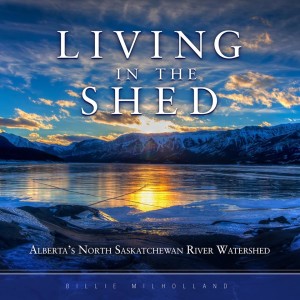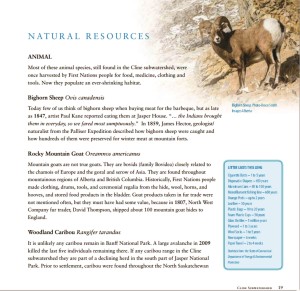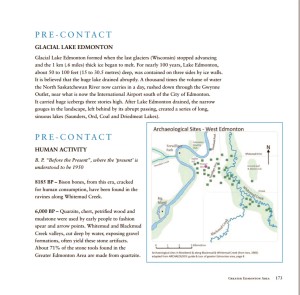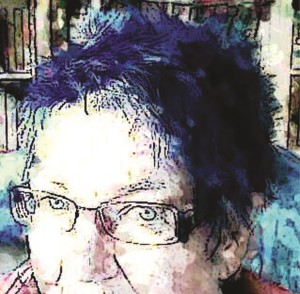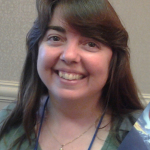A guest post by Tereasa Maillie.
That overly quoted English tome, the Merriam-Webster Dictionary, defines mercenary as “one that serves merely for wages; especially: a soldier hired into foreign service”. I’m not a soldier, although my forthrightness and commanding voice usually gets me the title of “El Generalissimo” or at least “Sir”.
I am a mercenary writer. I write ‘merely’ for wages. I have and continue to take contracts purely based on pay. I don’t really care if it’s on the fish industry, crocheting with your feet, or how to get stains out of your cat. Those are some of the ‘foreign’ topics I could write about without prior expertise. I write or edit in cold efficiency. I have very little emotion towards the subject or the writer I’m editing for. I parachute in, do my job, and get out. Is there a pay cheque involved? Will you pay me fast? These are the questions a mercenary asks.
That does not mean I don’t research the snot out of the topic I’m writing about. That’s part of the deal. As a mercenary I will know the topic inside and out to get it right. One contract I just finished was editing a MA thesis on Public Transportation in Israel. Three days in and out and a ton of cash at the end. I suddenly had to grasp and understand the topic. There was blood (red pen ink) and tears (the writer who thought all words are sacred), but the result was a defendable paper. They will receive their degree.
Mercenary writer does not equal freelance writer. I do have some freelance writing gigs. Freelance has a soft, kind consultation. I’ll work with you to make your copy beautiful. I’ll give you tea and cookies and a snuggy while we look at your first novel about your grandma during the war. But don’t mistake me for the cute and cuddly type when I have a deadline on copy ad to be delivered in 5 hours, and you’ve hired me to edit your software specs in one week.
Mercenary writing came out of a necessity to eat and a need for personal freedom. In 2009, I had just finished my time in purgatory working on my MA in history. It was soul crushing as the whole university system and my own advisor were neglectful or abusive. Who can be creative in that environment? My research contract job then turn the same worm: a stressful and meaningless existence with little creativity. This job was all about legal matters and projects that never ended. In a fit of misery, I quit my contract job and started working at a library, but all I could get was part time work. I needed work that was going to fit into my library schedule but help pay bills. Thank toast I had been writing short stories, essays and plays for years, which got my foot in the door to prove to myself and to the clients that I could write.
Can you trust a mercenary? I was at a full-time writing job, and one company point-blank stated that they did not want any freelancers, as they wanted you to be loyal to them only. I was angry: I can be loyal. I am loyal to each project and client as I have to bring all my talents and professionalism. This is the cost of being a mercenary in any field. You are a hired gun, for money. Your loyalty lasts as long as the cheque comes in. That means next week you could work for their competitor. That does not sit well with everyone.
The paid work can take over your life. Mercenaries always are looking for the next gig, the next cheque. That cuts into your personal writing time. It cuts into your creative energy. I have not finished one play since I started. I have been able to focus enough passion on my short story work that a few are done and making the rounds. However, because I’ve taken so many tours as a mercenary, my finances are stable. I can now make plans to take all of this month off just to write my novel. That is the payoff.
But maybe my heart is a little colder than it used to be.
 Tereasa Maillie is a writer and researcher. She also has a very un-secret life as a producer and playwright. Her work has appeared in various poetry and short story anthologies, most recently in the Found Poetry Review and Beyond Imagination. She has a background in historical research, having attended the MA program at the University of Alberta. Her previous work includes the history of oil and gas in Alberta, Chinese medicine, First Nations and Métis history. Currently, she is a lead researcher on the Governor General Award nominated Calgary Gay History Project, focusing on the history of Calgary’s LGTBQ community.
Tereasa Maillie is a writer and researcher. She also has a very un-secret life as a producer and playwright. Her work has appeared in various poetry and short story anthologies, most recently in the Found Poetry Review and Beyond Imagination. She has a background in historical research, having attended the MA program at the University of Alberta. Her previous work includes the history of oil and gas in Alberta, Chinese medicine, First Nations and Métis history. Currently, she is a lead researcher on the Governor General Award nominated Calgary Gay History Project, focusing on the history of Calgary’s LGTBQ community.

